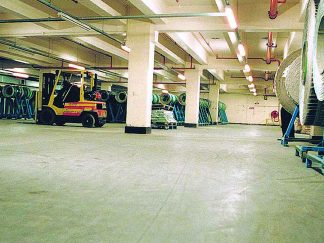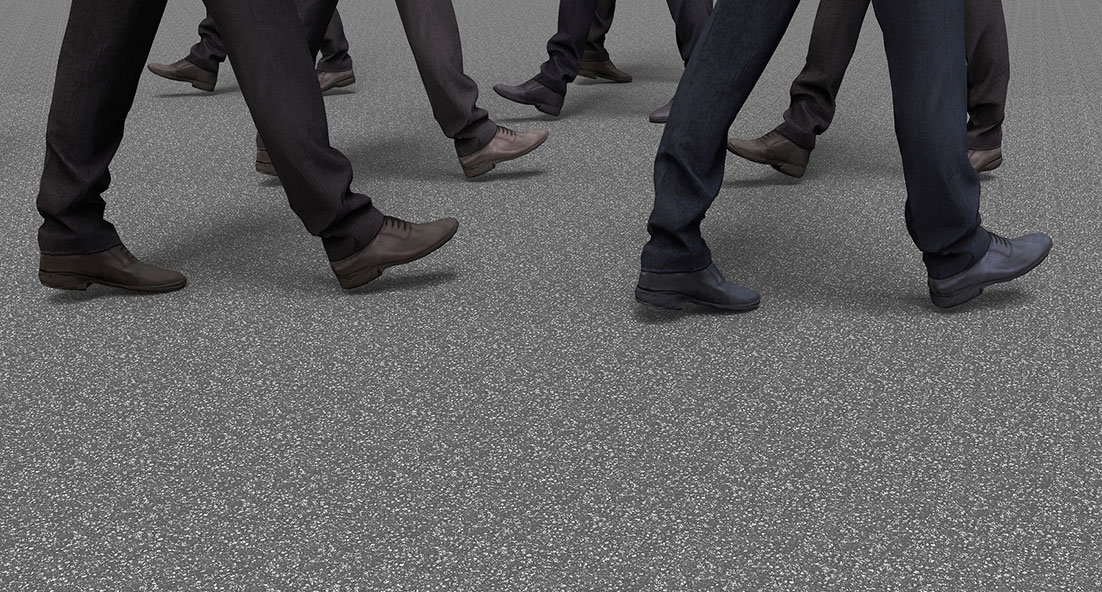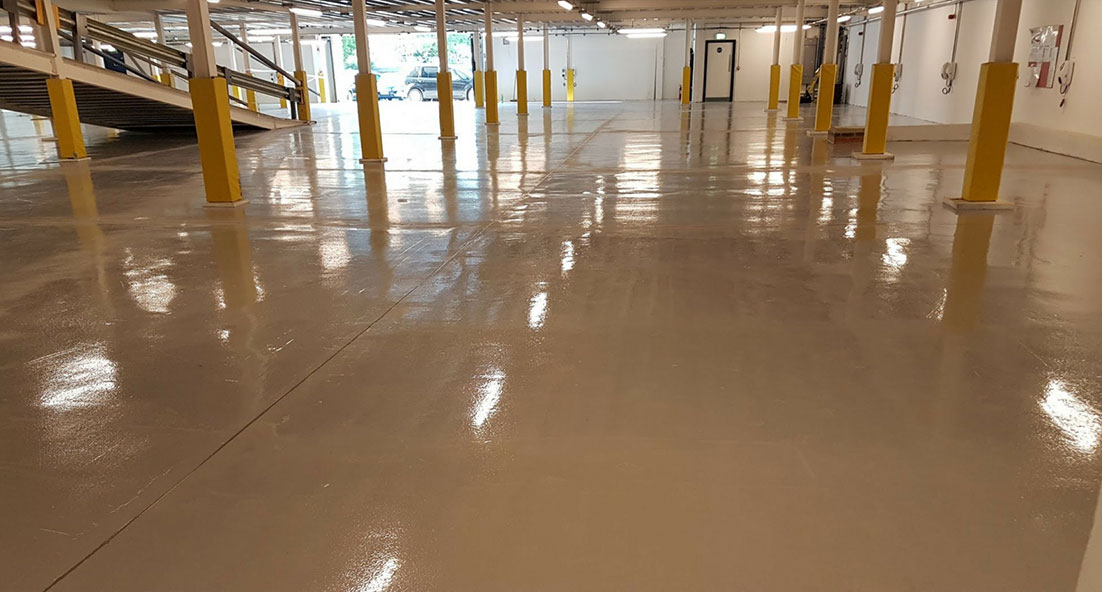Flortex Freeflow is the answer for smoothing out rough or pitted surfaces. Our unique self smoothing FreeFlow resin technology, enables the resin to flow and smooth over areas suffering from wear and tear, impact damage and chemical attack.
Since 1991, Polycote have laid tens of thousands of square metres of Flortex Freeflow, in almost every environment throughout the UK. From garages, warehouses, workshops, showrooms, factories to production facilities, we know exactly what is needed to give you a smooth, hard-wearing and long-lasting solution.
This solvent free epoxy is also a must for sensitive areas such as laboratories, food factories, school and hospitals.
Typical Areas of Use:
- Aircraft Hangers
- Factories
- Garages
- High Wear, Heavily Trafficked Areas
- Hospitals & Medical Areas
- Kitchens & Food Environments
- Production Areas
- Showrooms
- Storage Areas
- Warehouses
- Workshops
Specialist Formulations for bespoke requirements:
- Extra fast hardeners (XFH)
- Extra chemical resistance
- Low temperature requirements
- Slip resistant surface
Professional Help and Advice:
No matter if you have a large or small requirement, if you are not sure which product to use, please feel free to contact our technical experts who will establish exactly what your issues are, along with the maximum amount of downtime you can allow to complete any work. Only then will we advise the best preparation, the best primer and the best Floor Topping or Floor Screed, to meet YOUR specific needs.
Please consult the Flortex Freeflow Technical Data Sheet for full technical product data
Application temperature: 10°C – 25°C
Coverage:
Per 25.6kg unit: 4.2sq.m at 3mm thick
Cure time @ 20°C: Approx. 24 hours
Light Traffic @ 20°C: 24 hours
Full traffic: 2 – 3 days
Over coat (if required): 16 – 48 hours
Full chemical resistance: 7 days
Number of parts supplied: 3 (Part A Resin, Part B Resin, Aggregate/filler)
Pot life (once mixed): 25 mins @ 20°C
Primer required:
To help prevent bubbling and/or pin-holing, it is strongly advised that two coats of Primer are applied to ensure the substrate is fully sealed. The following primers are not definitive but simply mentioned as a guide;
EP Primer: Our most popular primer for the Flortex Freeflow system. Suitable for almost all substrates where excellent penetration is needed, to seal, stabilise and strengthen the substrate.
DPM Primer: For areas suffering with rising damp
OT Primer: For oil and chemical contaminated substrates
WD Primer: For substrates such as terrazzo, ceramic and quarry tiles.
Professional Help and Advice:
No matter if you have a large or small requirement, if you are not sure which product to use, please feel free to contact our technical experts who will establish exactly what your issues are, along with the maximum amount of downtime you can allow to complete any work. Only then will we advise the best preparation, the best primer and the best Floor Topping or Floor Screed, to meet YOUR specific needs.
Preparation:
Thorough substrate preparation is essential.The recommended method for concrete surfaces includes the use a Vacuum Assisted Shotblaster. this will easily and professionally achieve the dust free removal of weak laitence and any such loose material, in order to provide a perfect surface key for the coating. If this is not possible, then two other approved methods would be with the use of a Vacuum Assisted diamond Grinder and/or Polycote Etch IT. Having applied the Etch IT, you can then rinse thoroughly and allow to dry – see relevent data sheet.
Where there might be oil or grease contamination, these can be cleaned with Polycote Degease IT. Again, rinse thoroughly and allow to dry – see relevent data sheet.
Priming:
Use of the correct epoxy primer is vital to success. Contact the Polycote technical help line for advice and follow all preparation and application guidelines on the relevant primer data sheet.Clean, sound, dry concrete – prime with EP Primer.Oil-impregnated or damp concrete – use OT Primer.Quarry/Ceramic tiles or terrazzo – use WD Primer.In any case, Flortex® Freeflow should be applied within 36 hours of priming to ensure a good intercoat chemical bond. If the interval is exceeded, abrade the primer coat to provide a mechanical key.
Mixing:
Having fully prepared and primed the substrate, stir parts ‘A’ and ‘B’ individually, then add Part ‘B’ to Part ‘A’ and thoroughly mix for at least one minute. For best results use a heavy duty slow speed drill with a mixing paddle. The mixed material should then be loaded into a rotary drum mixer or similar and the filler Part ‘C’ be added gradually. Continue mixing until an even consistency is obtained.
Ensure thorough mixing as an unmixed product will result in a poor or non-cure situation.
Application:
Starting at the furthest corner from the exit pour the material evenly onto the floor to the required thickness and allow the material to start levelling.The use of depth adjustable floats or a pinned/notched leveller is recommended to assist in spreading the screed to a constant thickness.A spiked roller should be used immediately over the freshly poured material to eliminate any bubbles trapped within the screed. The next mix of material must be rapidly produced and poured along the wet edge of the material as well as across the exposed floor.Each application should be laid within 10 – 20 minutes of the area adjoining in order to blend evenly into the edge of the previously laid material. (Please note that the times mentioned are completely dependant upon temperature/conditions of the surface/area. The blending in of each batch can be helped by gently trowelling along the joint, if necessary.Once the workable time has been exceeded it is not possible for the new material to be blended into previously applied material. Therefore the floor topping should be applied to the entire area in one continuous operation. DO NOT scrape the contents from the sides of the container as this will invariably include unmixed resin. The WET coating should then be rolled using a spiked roller to eliminate air bubbles trapped within the coating. Spiked shoes should be worn to avoid disturbing the wet surface. DO NOT attempt to re-roll later.
Do not mix more than can be applied in 20 minutes (maximum)

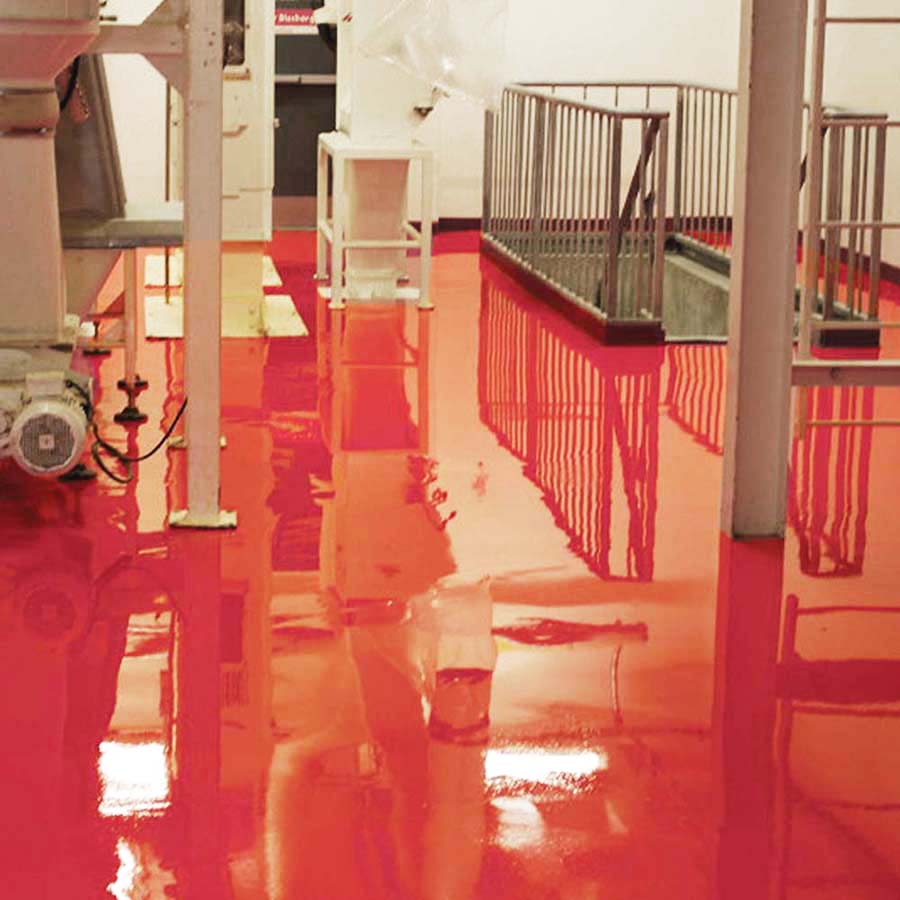








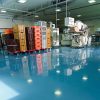








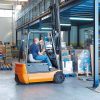






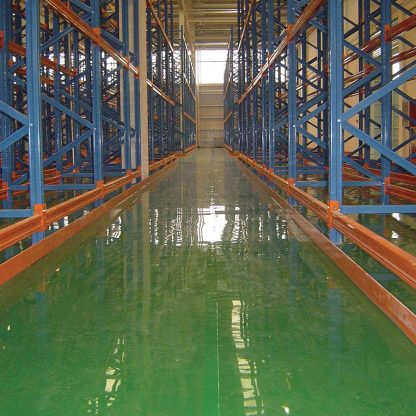
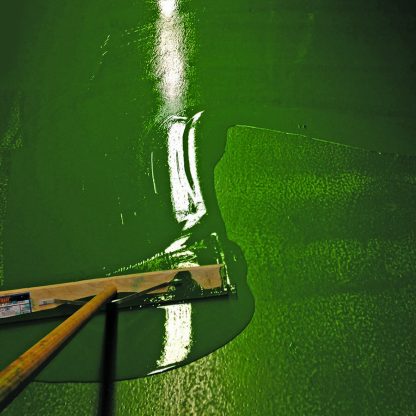


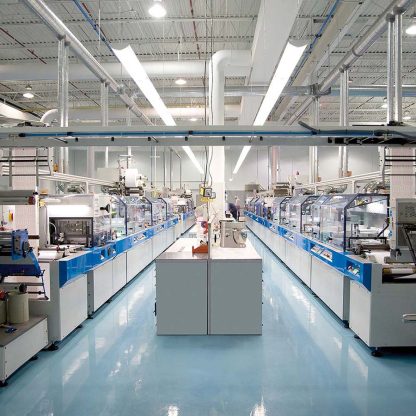









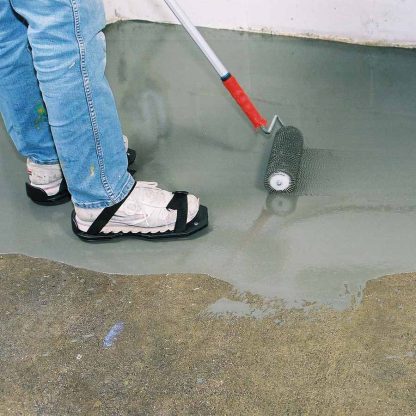
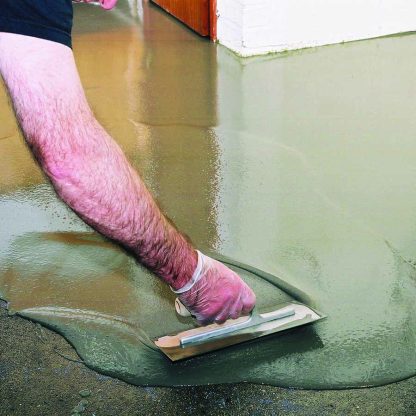


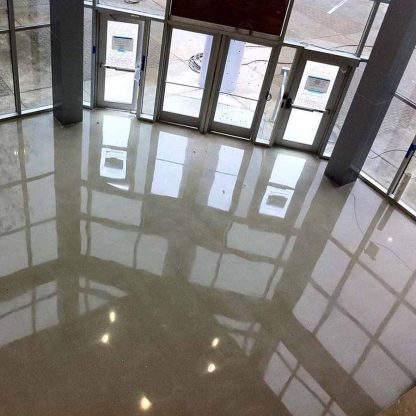









 Technical Data Sheet
Technical Data Sheet 
